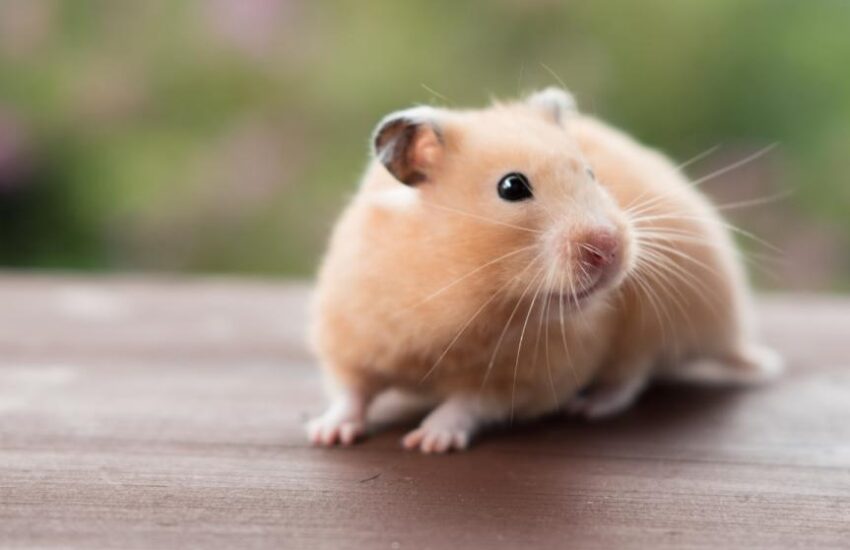Best Hamster Breeds for Easy Handling
Hamsters are one of the most popular pets among small animal enthusiasts, known for their adorable looks and charming behaviors. For families, novice pet owners, or anyone looking for a lap pet, the hamster breed you choose can make a significant difference in your experience. Some hamster breeds are more sociable and easier to handle than others, making them ideal companions. In this comprehensive guide, we’ll explore the best hamster breeds for easy handling, their characteristics, and care requirements, ensuring you make an informed choice for your next pet.
:strip_icc()/GettyImages-678888931-51cc783946684772b536f6346827d70a.jpg)
When considering a hamster, it’s important to understand their social needs, temperament, and suitability for handling. Here, we’ll cover the top breeds that are known for their friendly nature and adaptability to human interaction.
Understanding Hamster Breeds
There are several distinct breeds of hamsters, each with its unique attributes. The main breeds include the Syrian hamster, dwarf hamsters (like Campbell’s and Roborovski), and the Chinese hamster. These species can vary significantly in terms of size, lifespan, and behavior. Understanding these differences can help you decide which breed is right for you and your family.
Syrian Hamsters
Syrian hamsters, also known as golden hamsters, are perhaps the most common breed found in homes. They are larger than dwarf hamsters, typically measuring 5 to 7 inches in length, and are known for their friendly demeanor.
- Temperament: They are typically friendly and enjoy handling, making them a great choice for children and novice owners.
- Socialization: Syrian hamsters are solitary animals; they should be housed alone to prevent territorial disputes.
- Care Requirements: Easy to care for, they require a spacious cage, a wheel for exercise, and a balanced diet.
Dwarf Hamsters
Dwarf hamsters include several breeds such as Campbell’s dwarf hamsters and Roborovski hamsters. These tiny creatures usually measure between 2 to 4 inches long and have varying temperaments.
- Temperament: Dwarf hamsters can be social and enjoy the company of their own kind, but individual personalities vary. Campbell’s dwarf hamsters tend to be more handleable compared to Roborovski hamsters, which are usually more skittish.
- Socialization: Roborovski hamsters are best kept in pairs or small groups, while Campbell’s dwarf hamsters can also cohabitate if introduced properly.
- Care Requirements: Similar to Syrian hamsters, but their smaller size means they require a slightly different setup.
Chinese Hamsters
Chinese hamsters are a lesser-known breed that is also quite friendly and adaptable. They typically grow to about 4 inches long and have a long body and a more mouse-like appearance.
- Temperament: They are generally calm and friendly, but they can be quite fast, making them slightly challenging for small children to handle.
- Socialization: They can be housed alone or in pairs, though not every individual will get along.
- Care Requirements: They need a cage with horizontal spaces to climb and a wheel suitable for their size.
Why Handling is Important
Handling your hamster is crucial for creating a bond and ensuring your pet feels safe and secure in your presence. Regular handling can help reduce stress and fear in your hamster, making it more comfortable around humans. Here are a few tips to ensure comfortable handling:
- Always allow your hamster to come to you rather than grabbing them.
- Start with short handling sessions to build trust.
- Use treats to encourage positive interactions.
Choosing the Right Breed for Your Lifestyle
When selecting a hamster breed, consider your lifestyle. If you are looking for a pet that loves interaction, Syrian hamsters are an excellent choice. If you prefer a smaller pet that may be more challenging to handle, consider one of the dwarf varieties. Remember that hamsters are nocturnal, meaning they are most active during the night, which can impact your interaction times.
Handling Tips for Different Breeds
Different hamster breeds have different handling requirements. Here are tips tailored for each breed:
Syrian Hamsters
- Use both hands to support their body while lifting.
- Keep your movements slow and gentle to avoid startling them.
Dwarf Hamsters
- Try to create a safe environment before reaching in for them.
- Be prepared to have quick reflexes, especially with Roborovski hamsters.
Chinese Hamsters
- Allow them to explore your hands instead of forcing them out of their cage.
- Be patient, as they may take a little longer to trust you.
Conclusion
Choosing the right hamster breed can greatly enhance your experience as a pet owner. For ease of handling and social interaction, Syrian hamsters stand out as the best choice, but dwarf and Chinese hamsters can also bring joy with their unique characteristics. Always remember to approach your hamster with care, and make handling a positive experience. For more information regarding pet care, consider reading related articles on pet care tips and hamster habitats.
In conclusion, regardless of the breed you choose, ensuring that your hamster feels safe and loved will contribute significantly to a happy, healthy relationship. With the proper environment, care, and handling, your hamster can thrive as a beloved member of your family.
